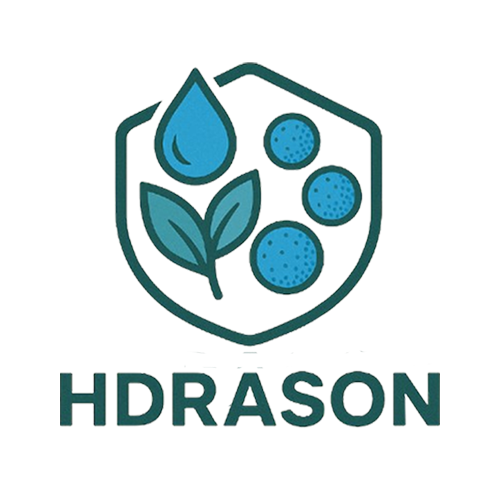
Hdrason Water Bead Science Experiment: Exploring the Amazing Physical Properties of Water-Absorbent Polymers
Share
Hdrason water beads are not only a fun tool but also an excellent science teaching aid, vividly demonstrating key concepts in materials science, chemistry, and physics. Through a series of carefully designed experiments, students and science enthusiasts can intuitively understand the unique properties and scientific principles of polymers.
The core scientific principle behind water beads lies in the structural characteristics of their high-molecular-weight polymers. These tiny beads are made of sodium polyacrylate or other superabsorbent polymers, which contain numerous hydrophilic groups such as carboxyl groups within their molecular structure. When exposed to water, these groups bind to water molecules through hydrogen bonds, while the polymer network expands, forming a three-dimensional grid that traps water molecules. This process can be recorded using a microscope, showing the complete process of water beads from a dry state to fully expanded, allowing students to witness firsthand how molecular-level changes manifest in the macroscopic world.
Osmotic pressure experiments offer another fascinating avenue for exploration. By placing water droplets in pure water and salt solutions of varying concentrations, distinct differences in their size can be observed. In pure water, the droplets expand fully, while in salt solutions, due to the osmotic pressure difference, they shrink and release the absorbed water. This experiment not only demonstrates the principle of osmosis but also leads to discussions about important scientific concepts such as semipermeable membranes and concentration gradients. Students can quantitatively measure the size and weight changes of water droplets under different conditions and create graphs to develop scientific research and data analysis skills.
Buoyancy and density experiments are equally fascinating. By adjusting the water content of the droplets, their density can be precisely controlled, demonstrating the principles of buoyancy and sinking. Students can experiment with precisely suspending the droplets in the liquid to understand the concept of density matching. They can also adjust the density of different colored droplets to different concentrations and observe their stratification in the liquid, similar to the sedimentary stratification process in geology, but in an accelerated and visual manner.
Optical properties studies offer another dimension of exploration. The spherical shape and transparency of water droplets make them ideal for studying the refraction, reflection, and dispersion of light. Shining a flashlight through water droplets and observing the bending of light and the resulting rainbow effect can help students understand the workings of lenses and even the basic concepts of fiber optic communications. Students can also measure the focal length of water droplets to explore their imaging properties as natural lenses.
For advanced research, one can explore the influence of environmental factors on the properties of water droplets. How does temperature affect the rate of water absorption? What are the effects of pH changes? How do different water qualities (tap water, distilled water, mineral water) differ in their water absorption? These experiments not only deepen scientific understanding but also cultivate the ability to systematically design experiments and control variables.
In terms of safety education, these experiments can emphasize the responsible use of materials. While the water droplets themselves are safe and non-toxic, they need to be avoided and handled properly. This leads to discussions about Material Safety Data Sheets (MSDS) and responsible scientific practices, fostering comprehensive scientific literacy in students.
Hdrason's water droplet science experiments are suitable for all educational levels. For younger children, they can focus on observation and description; for middle school students, they can introduce quantitative measurements and basic theory; and for university students, they can even extend to in-depth studies of materials engineering and polymer chemistry. Many teachers have found that these engaging experiments make previously abstract scientific concepts concrete and accessible, significantly increasing student interest and effectiveness.
Most importantly, the materials and equipment required for these experiments are readily available, making scientific exploration even more accessible. These activities can be easily implemented at home, in classrooms, or in science clubs, allowing more people to experience the joy of scientific discovery. Using simple materials like Hdrason water beads, we have opened a door to the fascinating world of materials science, inspiring a new generation of scientists and engineers.
Next article: Hdrason Water Bead Art
